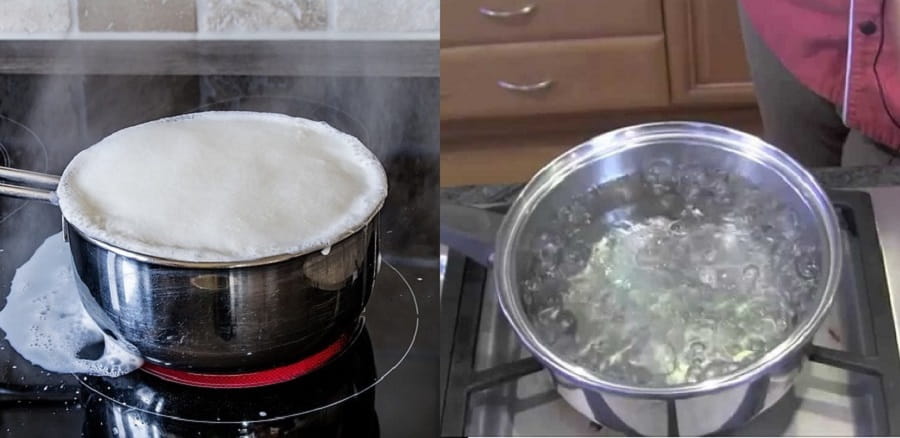It must have happened many times with almost everyone in the house that you got scolded because of boiling milk and while being scolded, these words must have also been heard from the mother's mouth, "the milk was boiled, all the cream was wasted, and just water remained". But have you ever thought when you heat milk, the milk boils and comes out of the pot, whereas this doesn't happen with water at all as water while reaching its boiling state keeps on heating in the vessel and does not overflow. Maybe the answer to this question is also hidden in these words of the mother. In fact, this explanation is affected by a scientific reason.
Usually, milk is made up of water, proteins, carbohydrates, minerals, and fats and when you boil milk, all these nutrients including proteins and fats rise up and form a creamy layer. This happens because the proteins, fats, vitamins, carbohydrates, and minerals in milk are light in weight, which made them easily float on top of the milk when heated.
At the same time, the water present in the milk starts boiling and turns into vapors, because milk contains 87% water, 4% protein, and 5% lactose (the form of sugar in milk). Since milk contains a lot of water and when it is heated, it starts turning into steam. Due to this, proteins, carbohydrates, fats, vitamins, and minerals start thickening. But due to this creamy layer covering the milk on top, the vapors do not escape completely, which is why when the milk is heated, these vapors try to rise up. But as these vapors are buried under the cream layer, they push the cream upwards, and hence the milk overflows. In this process, the upper creamy layer gets out of the container and the remaining milk continues to boil in the vessel.
Water, on the other hand, doesn't contain any kind of fat, proteins, carbohydrates, or vitamins, so no layer forms on its top and there remains enough space for steam to escape. This is probably the reason why water keeps boiling in the container and doesn't spill out.













0 comments:
Post a Comment